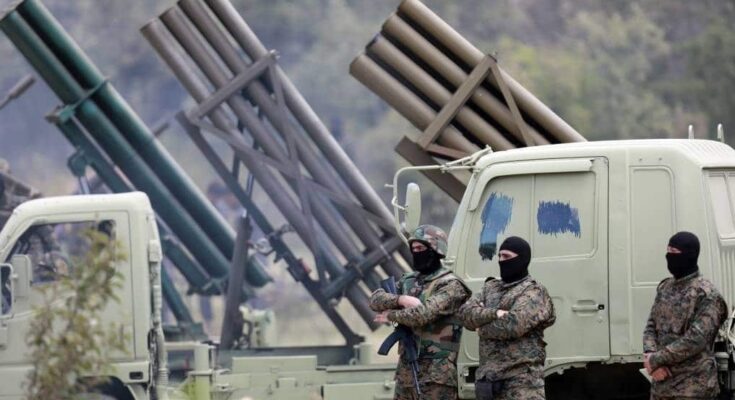
After the assassination of Hezbollah leader Hasan Nasrallah and the repeated attacks by Israeli forces in Lebanon, the organization seems to be fighting back. Hezbollah is retaliating against Israel by organizing ambushes against IDF troops and increasing the number of drone, rocket, and missile attacks against Tel Aviv.
Although weakened, this shows Tel Aviv that the invasion of Lebanon, which was intended to displace hundreds of people, will not stop the attacks on Israel but have the opposite effect instead.
Hezbollah’s ability to regroup and retaliate against Israel
According to The Wall Street Journal, Hezbollah’s attacks have drained Israeli resources, as Israel spends large sums of money on intercepting rockets and drones. As Hezbollah retaliates against Israel, the cost of each intercepted drone is $100,000, while each missile shot down costs the Israeli military millions of dollars.
In essence, Hezbollah is demonstrating its ability to regroup. Its forces have been trained to operate autonomously, which is why they can fight even when top leaders are killed and their internal communications are cut off.
“Hezbollah’s fundamental strategy remains unchanged. The organization is taking all necessary measures to maintain its forces in the south, prepared for any potential Israeli attack,” states Rym Momtaz, an analyst at Carnegie Europe. He adds that Lebanon is Hezbollah’s home turf, giving them a significant advantage in terms of territory and local knowledge.
Hezbollah’s suppliers
Military analysts say Israel’s strikes have degraded Hezbollah’s rocket power. Electronic interceptions and drones sent by the Israelis over Lebanon have made it difficult for the group to use medium and long-range rocket launchers.
However, the group is still able to import more weapons to replace some of those that have been destroyed, mainly through Syria. It has also demonstrated its ability to extend attacks deep into Israel.
Guerrilla warfare
A major test for both Hezbollah and the Israeli army will come when Tel Aviv decides to send its forces deeper into Lebanese territory, where the Hezbollah fighters will have an advantage because they will be fighting on their own turf.
Thus far, the IDF has entered at least eight villages, all within a mile of the border, indicating that it does not yet have the capacity to extend the offensive deeper into Lebanon. Hezbollah’s approach has been to hold back initially before stepping up attacks, a strategy it employed in some battles in the 2006 war with Israel.
One of the challenges that Israel is currently facing is the issue of drones. Its layered air defenses are designed to block rocket attacks from Gaza, Lebanon, and Iran, but it has great difficulty shooting down drones.



